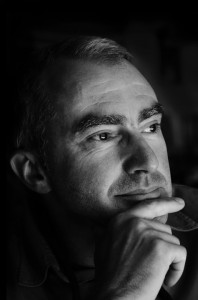
Peter Bauza is a German photographer who works in the documentary and storytelling world. After graduating with a degree in international commerce, he first pursued a career in an international company, which took him to several countries where he also developed his visual language. He is very committed to social and geopolitical issues especially in the areas of conservation, global health, diminishing cultures, sustainability and the environment. He has resided in South America and Europe for more than 20 years and also frequently travels to Africa.
His life-long respect for multicultural viewpoints fueled by a fluency in five languages also afforded him many opportunities. Peter’s work has been published and exhibited internationally.
Peter is a winner of the international award World Press Photo 2017 for contemporary stories, the POY Latam 2017 for everyday life as well as the Visa d’Or 2016 for features. Furthermore, Peter has won multiple awards and honorable mentions annually, including from American Photography, Hansel-Mieth, Latin American Fotografía, Los DIEZ by Epson, Px3 – Prix de la Photographie Paris, Days Japan, Moscow International Photo Awards (MIFA), and the International Photo Award (IPA), among other international awards.
Peter’s work has been exhibited in museums, galleries and cultural spaces in Perpignan (Visa pour l’Image), Paris, Siena, Daejeon (Korea), Milan, Quito, Moscow, Salta, Rio de Janeiro, Buenos Aires, and at the Museum of Latin American Art (MOLAA) in Long Beach, California. He has been published in Aftenposten, The Guardian, The Washington Post, New York Magazine, GEO, LA NACION, Leica M Magazine, LFI, Marie Claire, Volkskrant, Stern, NZZ, doc! Magazine, Vrij, Days Japan, NYT Lens, Courrier international, Vanity Fair, VSD, Alma Magazine, Clarin, El Federal, Die Zeit, DOUBLETruck Magazine, DF (Duży), among others.
He is the author of the multi-award winning (Lucie, OneEyeland, MIFA, and FEP) book „Copacabana Palace“ a sharing life with the “sem teto, sem terra” (roof and landless) in Rio de Janeiro. Generally hidden from view, they represent the dark side of Brazil’s multibillion-dollar spending spree on global sporting events, financial/political and corruption crisis.
